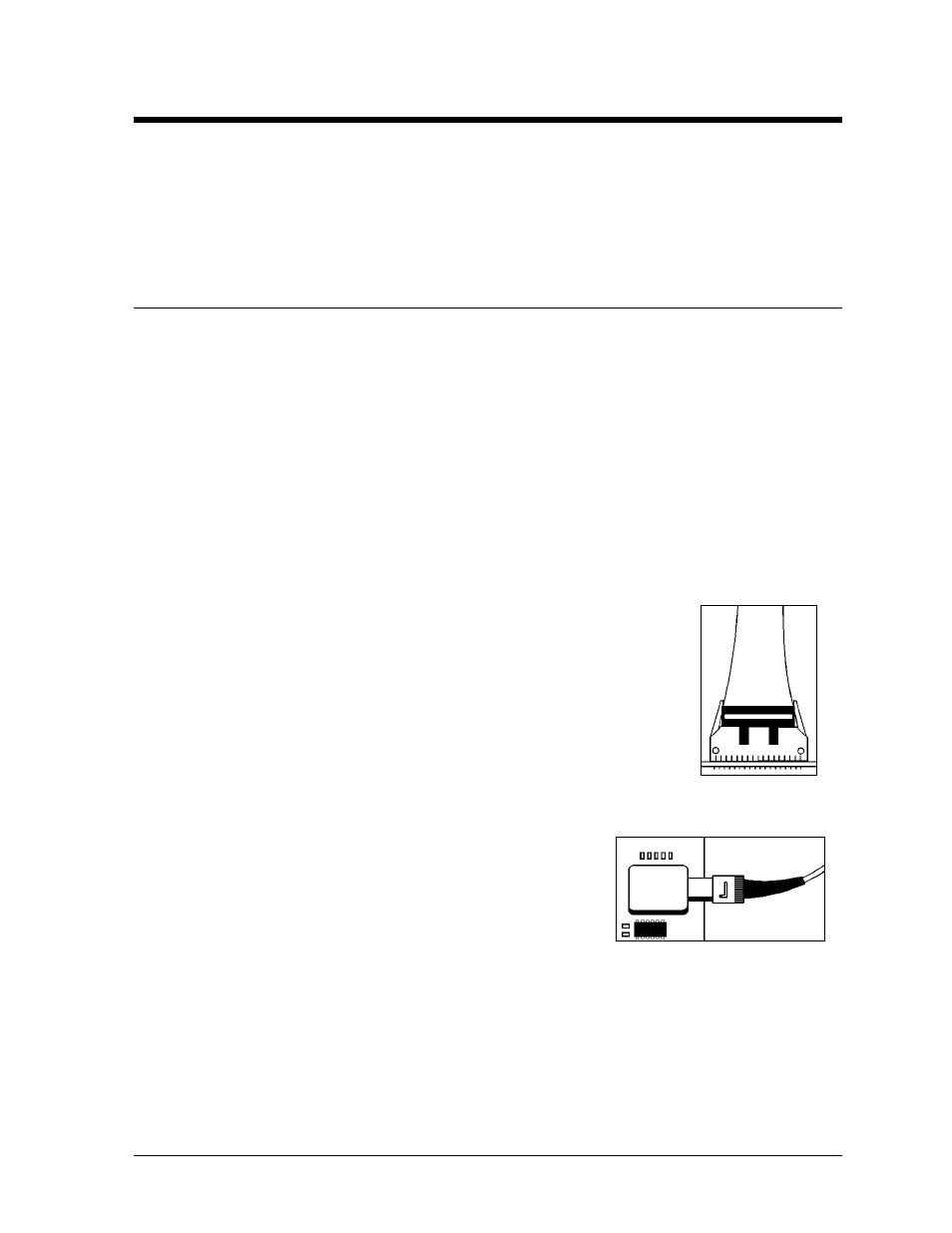Daktronics AB-1600-1.5,2.5 User Manual
Page 21

Electrical Installation
3-1
Section 3: Electrical Installation
Appendix C contains two copies of the Installation Quality Checklist. It covers both mechanical and
electrical installation. This form assists in display installation and assures dependable operation. Be
sure to complete every item on the checklist. Following installation, return one copy to Daktronics
Customer Service to receive a free set of replacement air filters. Contact Daktronics Customer Service
if any product quality questions or concerns should arise.
3.1 Common
Connectors
Daktronics displays use many different types of connectors for power and signal termination in this
display. Take special care when disengaging any connector so as not to damage the connector, the
cable or the circuit board.
When pulling a connector plug from a jack, do not pull on the wire or cable; pull on the jack
itself. Pulling on the wires may damage the connector.
The following information presents some common connectors encountered during display
maintenance. These include, ribbon cable connectors, Mate-n-Lok connectors, Phoenix -style
connectors, fiber optic connectors, termination panels and termination blocks, and tab connectors. Not
all of these connectors are in every display.
1. Ribbon Cable Connectors:
Daktronics uses a variety of ribbon cables and ribbon cable as seen in
Figure 21.
Before replacing a ribbon cable connector, spray it with DeoxIT
™
contact cleaner to remove any foreign matter that may cause signal
problems. In addition, apply a generous amount of CaiLube
™
protector paste to the plug before inserting it into the jack. This paste
will protect both the plug and the jack from corrosion. Both the
DeoxIT and the CaiLube are in the tool kit accessories package
included with this display. Refer to the replacement parts list in
Sections 4.25 and 4.26 if requiring additional supplies of either.
2. Fiber Optic Connectors:
At each end of a fiber optic cable is a “twist-on” connector. To
remove the fiber plug from its jack, push it toward the jack and
twist it counter-clockwise until the plug can be pull free.
Figure 22 illustrates a common type of fiber optic connector.
Figure 21:
Ribbon Cable
Connector
Figure 22: Fiber Optic
Connector
